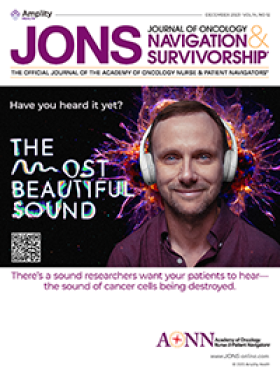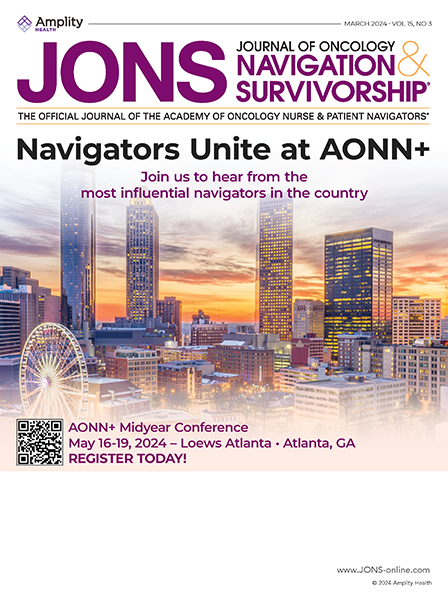Background: Patients with unilateral breast cancer sometimes choose contralateral prophylactic mastectomy as a surgical choice. The rates of contralateral prophylactic mastectomy have increased over the past decade, despite knowledge that the survival is equal with breast-conserving surgery followed by radiation therapy. Choosing a prophylactic mastectomy has been linked to family history, genetic testing, use of magnetic resonance imaging, patient socioeconomic factors, and tumor type. The decision-making process about breast surgery is multifactorial, with rational pros and cons as well as an effective and intuitive process involving psychosocial contexts and life circumstances. The voice of the patient is almost invisible in the literature as explanations are given for the increase in bilateral mastectomy rates.
Objective: Our institution’s contralateral prophylactic rates have increased over the past years, as reflected across the United States. This study sought to understand the decision-making process of women with breast cancer who choose a bilateral mastectomy.
Methods: Interpretive phenomenology was the qualitative approach used to understand what influences the decision for prophylactic contralateral mastectomy choice and to describe the experience surrounding the choice. Patients were recruited from the 2009 breast surgical patients who chose a bilateral mastectomy at a regional cancer center. Data were collected from inperson interviews that were audiotaped and transcribed verbatim. Researchers analyzed and identified themes influencing surgical choice from the transcripts using Riessman’s narrative analysis method.
Results and Conclusions: Fourteen patients with breast cancer, ranging in age from 38 to 70 years, participated in the study. Listening to the voice of the patient, 4 central themes emerged. Inner Being included fear of recurrence and the internal emotions associated with the decision-making process. Outer Being described body image and physical appearance concerns. Personal Meaning showed how significant relationships influenced the choice. Practical Meaning was the rational knowledge and education received from the healthcare team and other sources. This research portrays the complexity and deeply personal decision-making process for bilateral mastectomy. Although current research has focused on the practical and empirical aspects of prophylactic mastectomy, these findings suggest the need for a more holistic and insightful approach to surgical choice.





